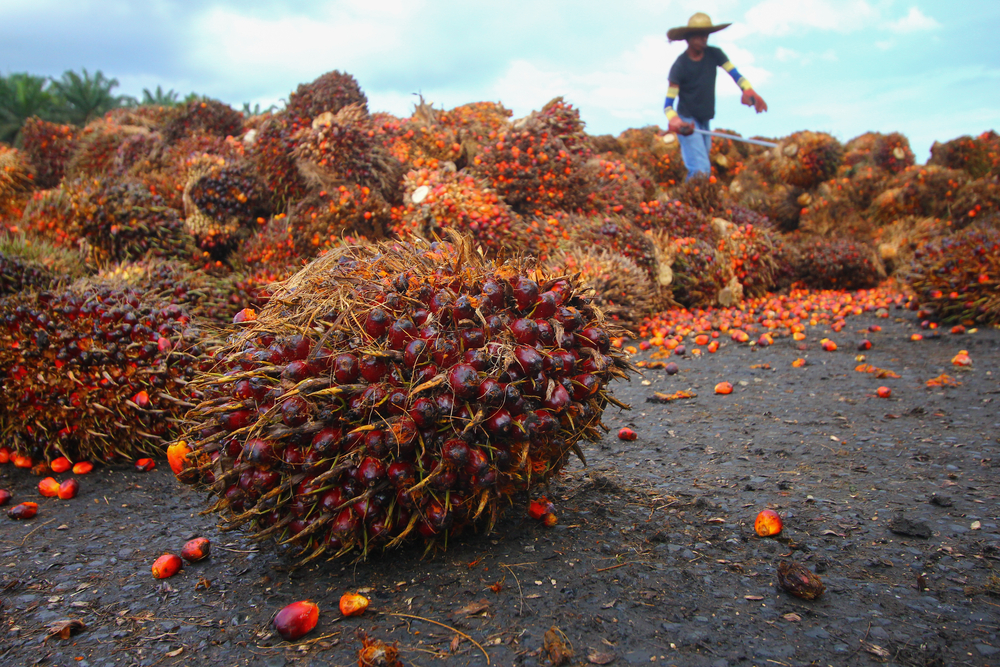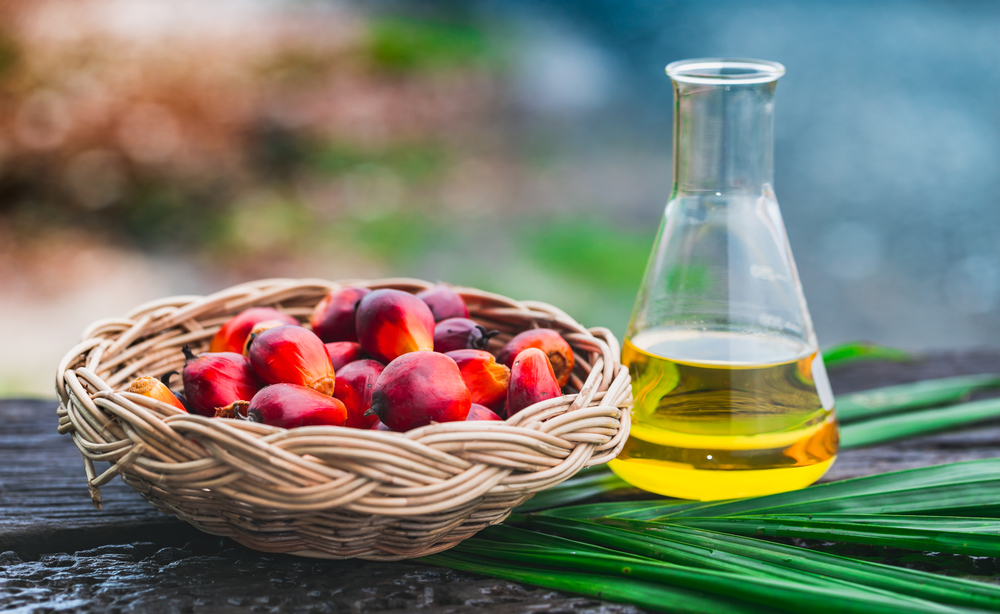How Palm Oil Became The World’s Most Hated, Most Used Fat Source (2 of 2)

Colonialism
In the late 1800s, margarine was invented to replace butter in all sorts of diets. The main ingredient of this new and revolutional product was palm oil because it had the ability to stay solid at room temperature and melt in your mouth – which is what we want from butter. And as margarine became more popular, so did the need for more palm oil rise. Where they first looked to Africa to find more palm oil, many African communities refused the European offers and decided that making palm oil themselves by hand was still a better deal for them.
Enter Southeast Asia. This land was relatively unspoiled at that time and local colonial rules were more than happy to give plantation owners all the space they needed. The local population was coerced or forced into oppressive contracts to make palm oil for European export. In a few decades, these new plantations took over the African market almost completely.

Golden Gift
As time went by, more and more competitors for palm oil left the market. Often having to do with health concerns, the alternatives slowly fell off one by one until basically only palm oil was left. The Indonesians described palm oil as a golden gift to their country’s development, and they’re even using it as biodiesel. The EU is slowly trying to phase out its palm oil use, but consumers seem to be either uninformed or uninterested and keep demand high.
Investigations have also shown that despite slavery having been abolished years ago and all the countries where palm oil is being produced being sovereign states, the palm oil plantations still show a great deal of colonial practices. People are underpaid, have little to no rights, and have to work for much more hours than anyone should have to. Hopefully someday the world will realize that palm oil isn’t as good for us as we think.